We all know Isfahan with its very beautiful and amazing historical monuments. A city that shines like a jewel inside the central plateau of Iran with the Zayandeh River passing through it and has seen historical and eventful days.
Isfahan is also a city that has become famous not only for its buildings and old registered heritages, but also for the handicrafts created by the artists of this region and introduced to the people of the world with the signature of Iran.
In addition to all of these that inflame the sense of pride in our culture, the art of making sweets in this region has not been emphasized enough.
Delicious sweets and unique snacks that are baked in this province, as the main and famous souvenirs of this city and the country, are sold to other regions of Iran and even abroad.
Gaz, Poolki, and Sohan are three of the most important sweets produced in Isfahan, each of which has its own taste and benefits. Following we are going to learn more about Isfahan Poolaki. So let’s get going;
Poolki
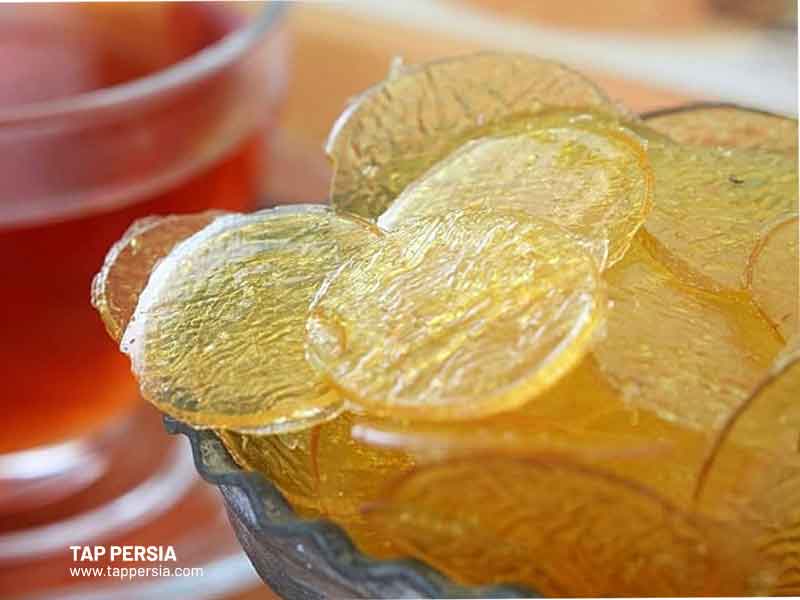
Poolaki is a small, thin, flaky candy that after Gaz has gained the second most popular souvenir of Isfahan. According to some historians, Indians were the people who brought Poolaki to Iran during the Qajar period. Poolaki in Persian means small coins. So due to the similarity of this candy to coins they call them so.
This traditional Iranian sweet is very easy and convenient to prepare. So if you are a fan of Iranian sweets, let me assure you that you are perfectly capable of making this candy at home.
One of the advantages of these authentic Iranian sweets is the use of simple and accessible raw materials. And finally, let me add that there are countless benefits that these sweets can bring to your body. I bet the sweet and fragrant taste of Poolaki in the mouth next to a hot cup of tea makes you feel much better.
Different Types of Poolaki
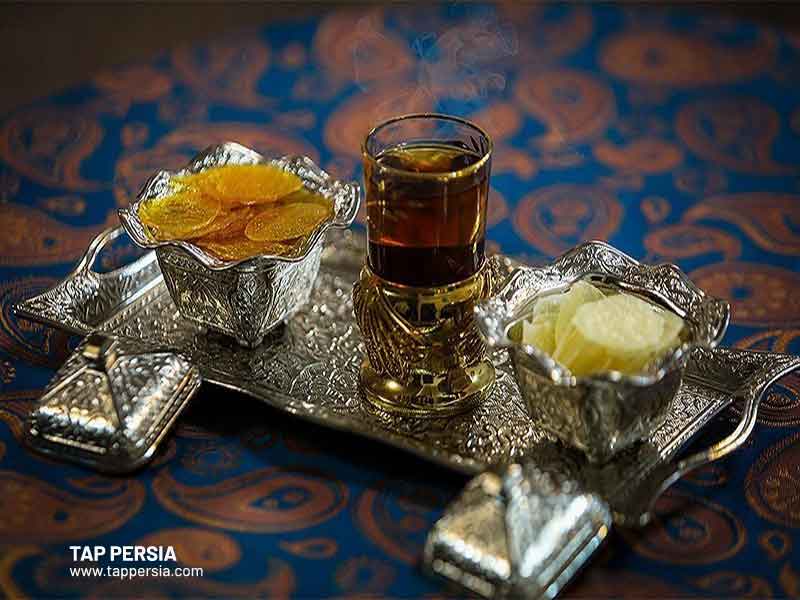
Poolaki has come a long way to be like what it is today. Actually, in its first rise during the qajar period it had simpler ingredients and less attractive appearance maybe.
But today, there are different types of Poolaki. And the main difference is the extra ingredients that they add to it which gives it different flavors and tastes. The most important types of Poolaki are:
1. Saffron Poolaki
2. Sesame Poolaki
3. Polki with Omani lemon flavor
4. Coconut Poolaki
5. Ginger Poolaki
6. Pistachio Poolaki
7. Rose Poolaki
Now, we are going to learn cooking one of the most common Poolaki-es in the market, sesame Poolaki.
What Are the Ingredients of Poolaki? (Here Seaman Poolaki Recipe)
The necessary ingredients for the preparation of sesame Poolaki are:
1. Half a glass of sugar
2. Water 100 cc
3. 5 spoons of white vinegar
4. Sesame as desired
5. Cardamom powder as desired
How to Cook Poolaki?
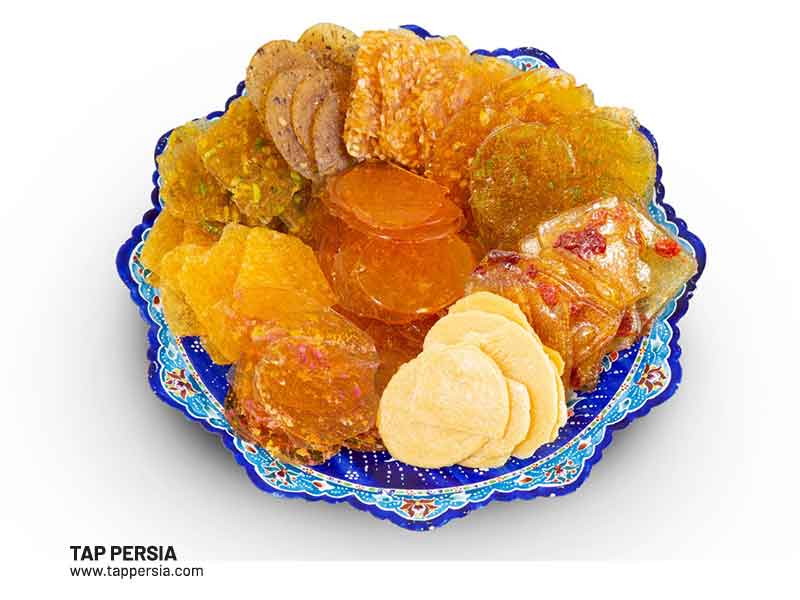
The first step:
In a non-stick container, mix water, sugar, and vinegar together and stir thoroughly. Then put it on gentle heat and let it boil.
The second step:
Stir the mixture from time to time to combine well. Finally, after 20 to 25 minutes, the water will evaporate completely and your syrup will become thick.
The third step:
You add cardamom and sesame powder to your previous ingredients and let it boil completely with the rest of the ingredients for 5 minutes. To find out if the Poolaki mixture is ready or not, just pour some of this mixture in cold water and see how crispy the mixture is. If it is completely crispy, it means it is ready. But if it sticks to the teeth, it means it still needs more heat.
The fourth step:
You spread it inside a foil tray and place a spoonful of the Poolaki mixture on it in a circle. Allow the flakes to cool and form.
The fifth step:
Now you can easily collect your sesame flakes from the tray and enjoy.
Tips for Making Poolaki:
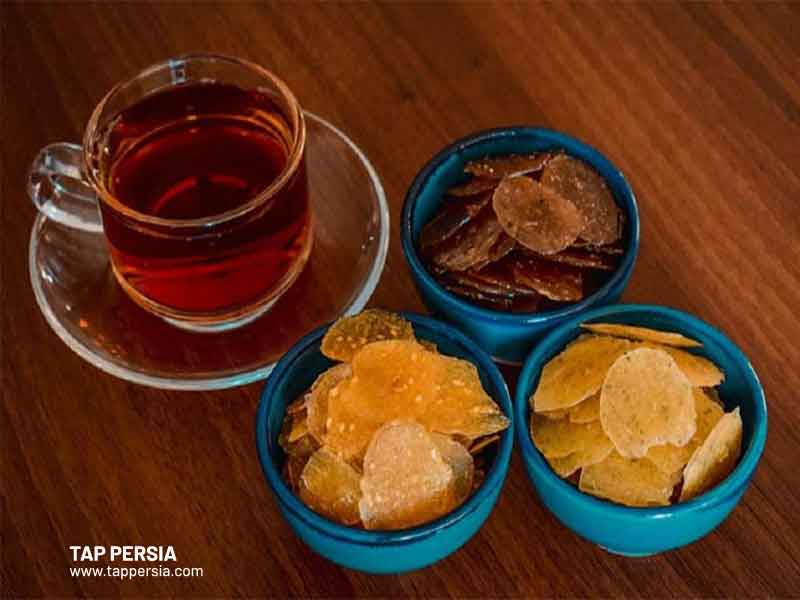
1. Do not stir the mixture too much while cooking. Do this in a balanced and limited way.
2. The heat on which you prepare the mixture should not be high. The heat should be gentle.
3. If the mixture remains on the flame for too long, the mixture becomes bitter and does not take a crispy and flaky form. On the other hand, if it is removed from the flame too soon; It becomes sticky and does not become candy.
4. In addition to cardamom powder, you can also use rose water to make Poolki fragrant.
5. Be sure to do it as quickly as possible when you want to spread the liquid mixture on the tray, because it hardens quickly. If the flaky liquid hardens, put it on the heat again until it becomes smooth.
6. Make sure to use foil on the tray. Because it is difficult to separate the thin flakes from the container after they have cooled down, and the flakes may break. Try to make it as thin as possible when you spread the liquid on the foil tray so that they become more crispy.
7. You can easily reduce the amount of sugar in Poolaki to your liking and make them so-called more dietary. You can even use honey instead of sugar, that is recommended for diabetics and those who have high blood pressure.
Important Nutrition Facts of Poolaki:
Every 100 gr of Poolaki(Cuisines in Isfahan) has about 313 kcal. It has 1.7 gr fat, 0.6 gr protein and 74 gr carbohydrates. Since this candy has a small thickness and volume, the amount of sugar entering the body by eating them will not be high. At least, not as high as Ghand (Sugar cubes).y7
So it makes Poolaki a better substitute. It also contains some varieties of vitamin B and some other essential minerals and vitamins. Furthermore, depending on the flavor you are taking you can benefit from the nutrients in saffron, ginger, cardamom, seaman and so on which you know are so beneficial and healthy.
Vegetarian Tips:
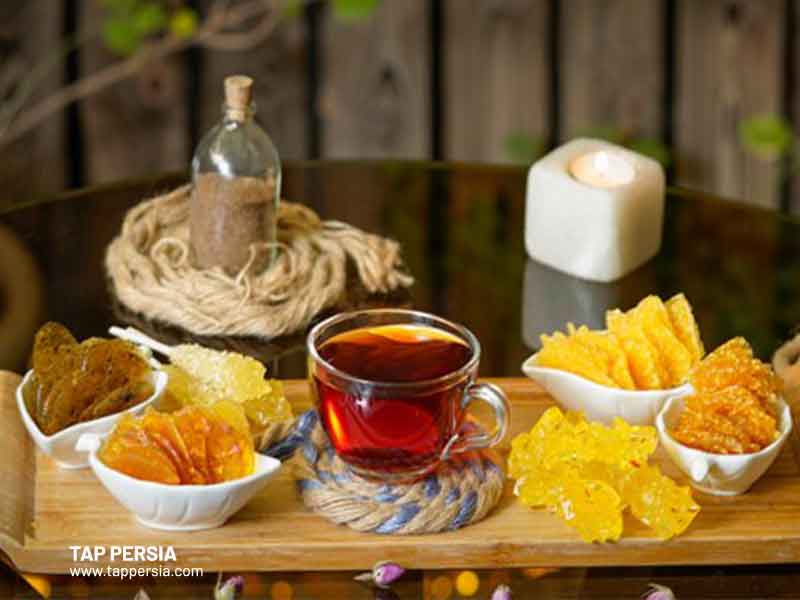
As you went through the ingredients, there is no need to remind that this Persian candy is totally made with vegetarian ingredients. So if you are a vegan or a vegetarian, you can, with no doubts, eat this candy with peace of mind. If you are trying this candy don’t forget to serve it to yourself beside a cup of tea.
Serving Style of Poolaki:
As you might know Persian tea is one of the essentials in almost every Iranian house. So as you can guess, Poolaki(Isfahan souvenirs) is one of the popular sweets that Iranians serve with tea, especially in Isfahan. Like any other candy or sweet you can put your Poolaki-es in a dish to serve. But remember if you are living in a hot and humid climate you’d better keep your Poolaki in the refrigerator. Because the heat and humidity causes the flakes to stick together. So you can keep the in your fridge and take as much as you desire when you feel like eating them.



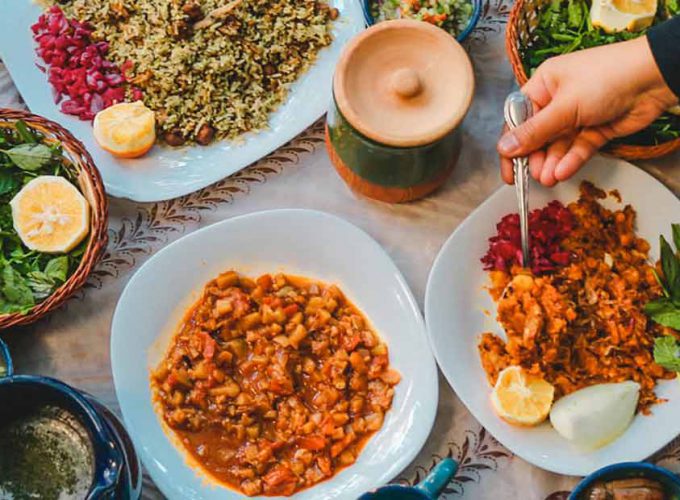




Comment (0)